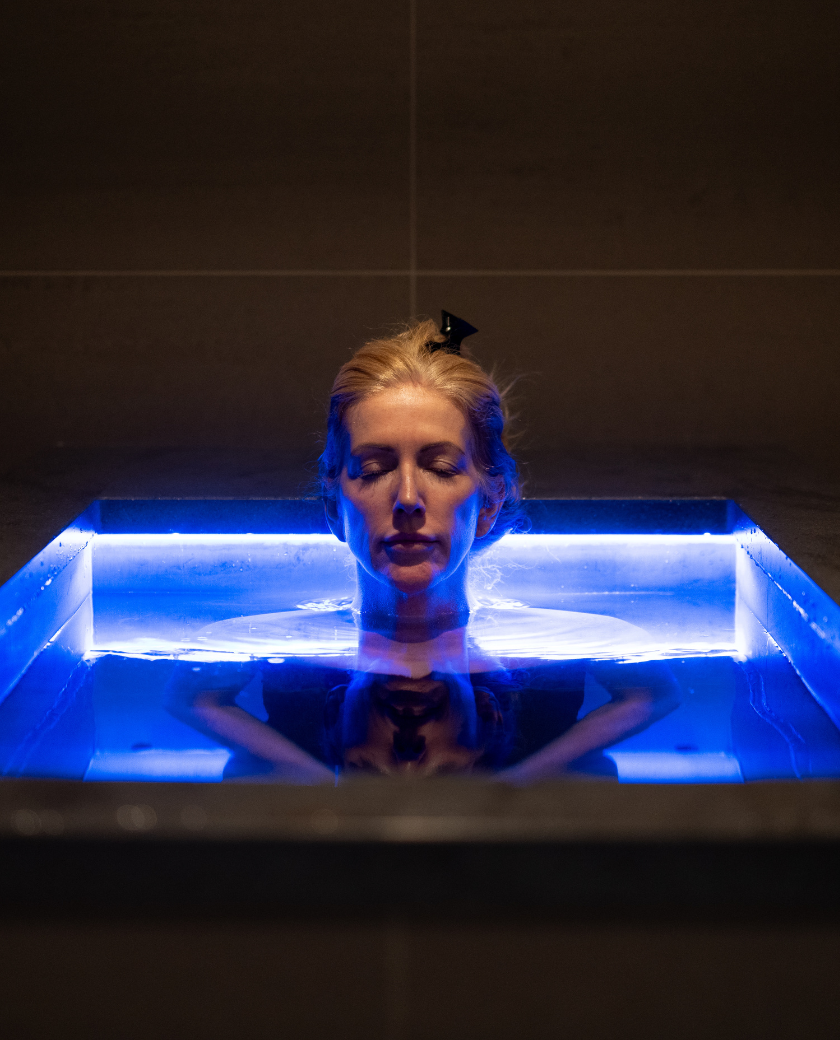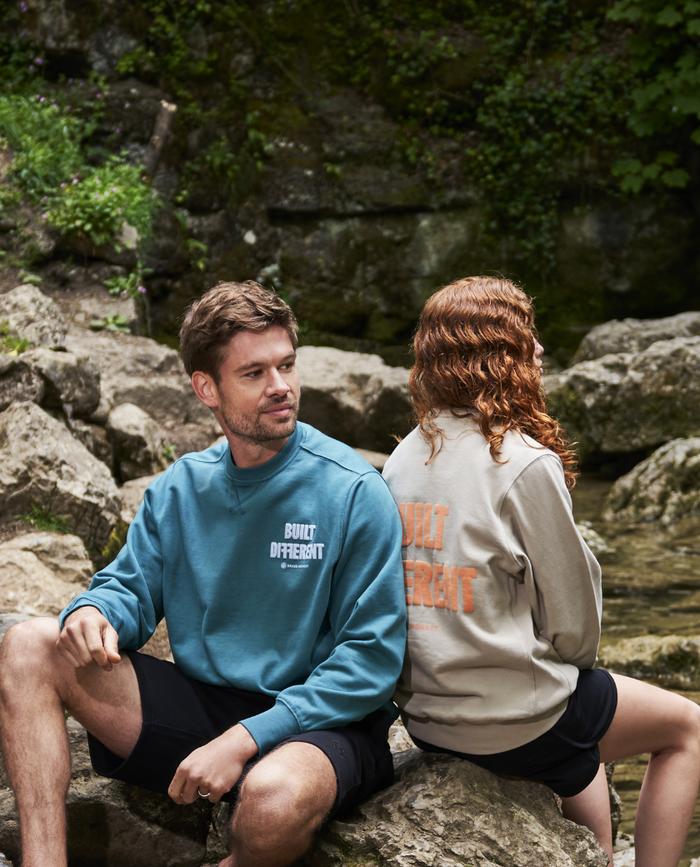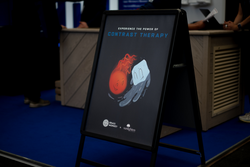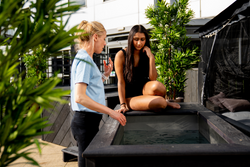How long should you stay in an ice bath?

One of the things we get asked the most is; ‘How long should I be spending in an ice bath?’
The short answer: it depends. Slowly building up to 2 minutes below 1°c is great. If your goal is to reap the maximum benefit possible then there’s no need to stay in any longer than 3 minutes!
The long answer: there are two levers you can pull to increase the intensity: time, and temperature. A cold shower in the UK is 6°c-15°c and most ‘ice baths’ won’t get below 3°c. You would need much longer to achieve the same results as 30 seconds in a Brass Monkey bath at nearly 0°c. The goal is to have the temperature and time to be uncomfortable, but not unbearable.
You should be steadily increasing the time and decreasing the temperature as you become more cold-adapted. This means you’re sufficiently practised in unlocking the deeper benefits of colder water for longer periods. Here at Brass Monkey, we have made managing the temperature simple and straightforward with our automated mobile app.
You should be reaching the signs of cold adaptation before either increasing the duration or the temperature. You’re looking for these key five markers of cold adaptation:
-Your breath remains under control and you’re not gasping.-Your circulatory system responds effectively. Turning pink quickly is a useful sign.
-You’re not stressed, just calm and alert.
-You’re fat-adapted with minimal or no shivering.
-You warm up very quickly after cold exposure.
-You notice these adaptations in regular cold weather.
At Community, Carfest and our pop-up events, we had the ice baths set to near zero so people could have the full experience. We don’t recommend any more than 2 minutes for your first go and cap the time at one minute for most new cold warriors. If you are planning to build a regular cold practice, here is where you should begin:
1-3 weeks:
Start off warmer at 5-10°c and stay in for 30 seconds, building up to 2 minutes over the course of the first 3 weeks.
3-6 weeks:
As you drop the temperature 1-5°c, you need less time in the cold to reap the same benefits. As before, build your time from 30 to 120 seconds before you turn the temperature down. If you are dipping at temperatures around 3-5°c do not stay in over 10 minutes. There are no more brownie points to be won.
6+ weeks:
Down to just above 0°c. Ramping your bath down to frozen will literally give you a block of ice or a giant slush puppy. Keep it above 0.1°c to avoid needing a sledgehammer to break the surface. As you show the signs of cold adaptation, build up to 3 minutes. Any longer is simply ego! We absolutely do not recommend anything over 5 minutes under 1°c.
Signs you need to increase the temperature or decrease the time spent in the ice are the reverse of cold adaptation. This includes gasping, taking a long time to warm up and excessive shivering.
The dangers of staying in an ice bath longer than you need to include frostbite or hypothermia. This can happen when a non-cold-adapted individual stays in for long periods. You'll also look silly. A couple of minutes is plenty of time to get the mental and physical benefits. Depending on the day, your physical state, and what you need from the cold, you can play around with a shorter dip, or longer at a higher temperature.
When you’re using the cold for therapeutic purposes, take it slower to find the time and temperature that best suits your recovery and consult a doctor before diving into the ice.
Remember that however long you spend in the cold, you should be spending twice as long warming back up. Air Squats, the horse stance, or strolling around are ideal.
The key is to listen to your body. When it says it’s time to get out, listen!
To get started now download Our free guide to deliberate cold exposure.












